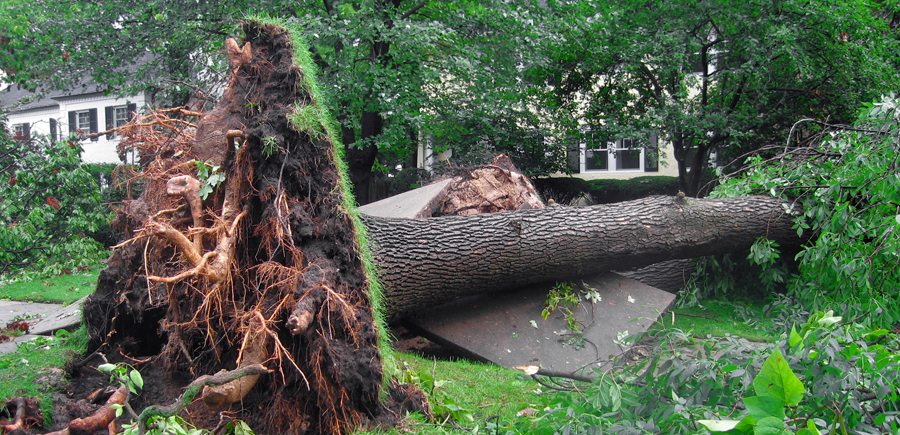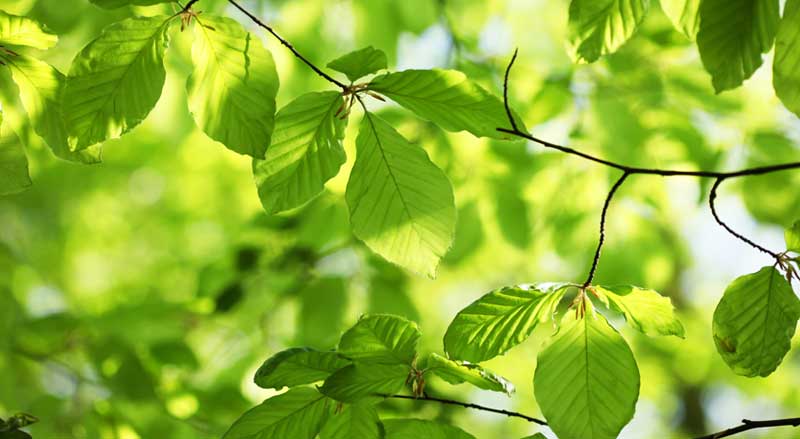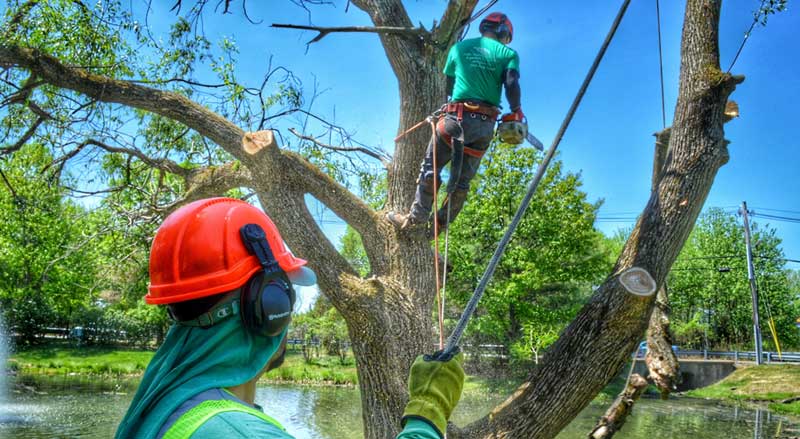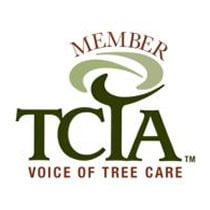A canopy of beautiful, green foliage, providing that perfect shady spot of a hot summer day. Standing tall and proud in the yard of your grandfather’s house. Trees can find a special place in our heart. Sometimes they are much more than just wood and leaves. But there comes a day, when the tree’s health fades and it’s time for removal. In the next few paragraphs, we’ll break down how to tell when that time has come for your tree.
Why Remove A Tree?
Trees are living organisms and eventually, they will start to decline. When a tree is damaged or dying it can cause several problems.
These could include:
-
It Attracts Pests
Termites, carpenter ants and other wood boring insects, love a dead tree. Rats have also been known to create nests in dead trees. These pests can then multiply and spread to other, healthier, trees or nearby buildings and cause an infestation or damage.
-
It Could Fall
When the roots are damaged or dead, it can be a major safety concern, especially during bad weather. If the tree falls, it can damage nearby structures or even claim lives. Removing a tree before it falls will save you money in the long run. If you leave it, and a gust of wind knocks it over, several thousand dollars worth of damage could be the result.
-
It Could Spread Disease
If disease is responsible for your trees decline, leaving it standing can cause the disease to spread to its currently healthy neighbors. Mold and mildew can also spread in this way, destroying the entire landscape.
-
Its Placement Is Causing Damage
Sometimes the tree is healthy, but it still needs removed because its roots are causing havoc or it’s blocking a view or pathway.
How Do You Know If A Tree Needs to be Removed?
 When nutrients that usually travel through the roots, up the trunk and out to the branches can no longer make their way throughout the tree’s system, sections will begin to experience decay.
When nutrients that usually travel through the roots, up the trunk and out to the branches can no longer make their way throughout the tree’s system, sections will begin to experience decay.
If the bark or branches are falling off your tree or areas such as the crown are not producing leaves that could mean that your tree is not getting the proper nutrients it needs to survive. Some signs to look for can include:
- The bark is falling off.
- Large branches have fallen, without a storm or high winds to tear them off.
- Mushrooms or other fungi are growing at the base.
- Piles of sawdust appear on the ground around the tree.
- The tree is too close to buildings or utility lines.
- Roots that are causing damage to sidewalks, driveways or underground utilities.
- Severe Weather damage.
Sometimes it’s possible for an arborist to save a tree or at least delay the process by taking preventive and remedial actions. Correctly pruning dead, dying, and weakly attached branches or installing structural support systems may be all that’s needed. A true certified arborist will consider tree removal as a last option.
How to Remove A Tree?
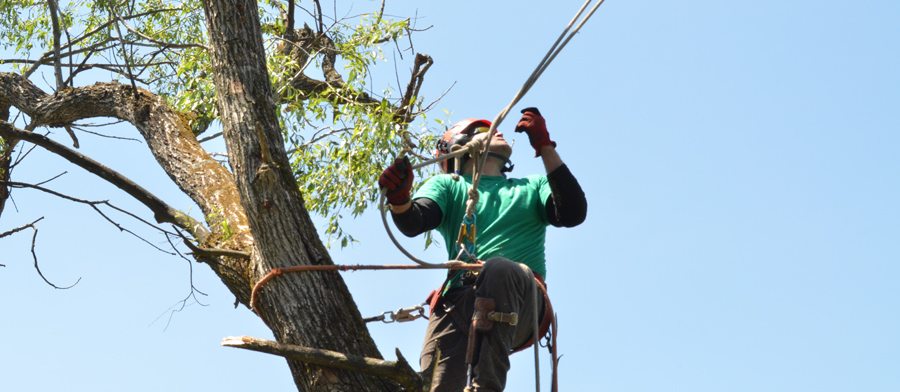 Okay, you’ve identified a tree that needs removal. Now what? The best thing to do would be to call a professional. They have the experience and knowledge to do the job right. Trying to do it yourself could unintentionally cause damage to the tree or surrounding trees and structures.
Okay, you’ve identified a tree that needs removal. Now what? The best thing to do would be to call a professional. They have the experience and knowledge to do the job right. Trying to do it yourself could unintentionally cause damage to the tree or surrounding trees and structures.
Tree removal is not an easy task. It requires specialized equipment that can be expensive to buy yourself. A professional will already have these tools, and the knowledge to use them.
Remember that if you do try to remove a tree by yourself, you would be responsible for any damage that is done and that could be costly. By hiring a professional, you’re passing the liability off onto them, but that’s what they’re there for. Professionals will have insurance to cover any damage, but also the knowledge to avoid any damage in the first place. If you’re looking for an experienced tree professional to get the job done right, contact us at Trees Unlimited.

